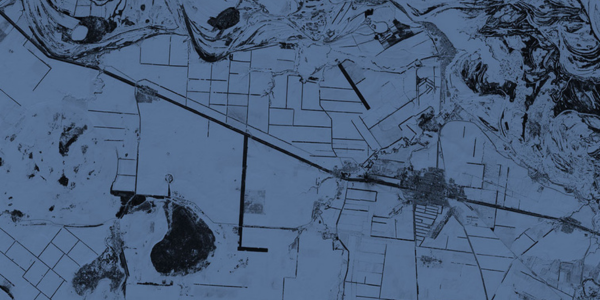Letter from the Executive Director
To the GIFCT Stakeholder Community,
Two years ago, GIFCT sponsored a report on what technology companies need to know about terrorist definitions and designations lists. The report highlighted some of the significant challenges that technology companies with global reach face when responding to terrorist groups online. In particular, the report outlined both the relative strengths and limitations of relying on third-party definitions and designation lists.
To date, GIFCT has largely relied on one such third-party designation list–the United Nations Security Council’s Consolidated Sanctions List–to determine the type of content that our members can flag for each other in our hash-sharing database. While GIFCT’s programmatic efforts have always focused on terrorism and violent extremism in all of its forms, the scope of the hash-sharing database has been more limited due to the sensitive nature of sharing hashes and the need for an agreed-upon definitional framework. The only hashes that currently appear in the database that do not correspond to entities on the U.N. list (to include perpetrator content when tied to U.N.-designated lists) were added under one of two circumstances: after the tragedy in Christchurch, New Zealand in 2019 or when the GIFCT Operating Board has declared a Content Incident Protocol. (To date, a Content Incident Protocol has been declared in response to two attacks: Halle, Germany in 2019, and Glendale, Arizona in 2020.)
This narrow approach poses challenges as the range of terrorist actors diversifies and GIFCT seeks to broaden its response to violent extremism. While GIFCT member companies are able to tag or “hash” content associated with U.N.-designated terrorist groups like ISIS and Al-Qaeda, GIFCT does not currently have a framework in place for responding to terrorist and violent extremist content from all parts of the ideological spectrum, representing a critical gap in our collective efforts to prevent terrorists and violent extremists from exploiting digital platforms.
To help our growing coalition of member companies address this problem, GIFCT is launching a priority work stream–combining both internal and external expertise–to develop an expanded taxonomy framework for our hash-sharing database. Building on earlier work commissioned on this topic, GIFCT aims to make concrete, iterative progress on the question of how to respond to the ever-widening and more troubling “gray zone” of terrorist and violent extremist content. We are approaching this complex issue in a practical spirit, looking to identify and include content that by any reasonable measure or standard should be construed as related to terrorism or violent extremism.
This effort will be multi-stakeholder in nature and include the following components:
- In-house review of how GIFCT members approach terrorist and violent extremist actors and content, as well as an analysis of the challenges they face in identifying and removing both;
- A series of proposals from international experts on how to approach the expansion of the current hash-sharing taxonomy framework to ensure increased parity and understanding of how terrorist and violent extremist content manifests;
- Engagement with our Independent Advisory Committee (IAC) and civil society stakeholders to identify and mitigate potential risks and concerns; and
- Input and recommendations from an ongoing human rights impact assessment commissioned by the newly independent GIFCT as part of our commitment to understanding actual and potential human rights impacts.
These various elements will be synthesized into a published report that will outline concrete steps GIFCT will take to expand the reach and utility to member companies of the hash-sharing database, a phased implementation plan, and a framework for continuing to improve the hash-sharing process in light of the evolving threat landscape.
To view the official Request for Proposal, please click here.
We look forward to working closely with GIFCT’s wide and diverse set of stakeholders to advance this important work.
Best,

Nicholas J. Rasmussen
Executive Director
Global Internet Forum to Counter Terrorism
Click Here for Official Proposal Request PDF




